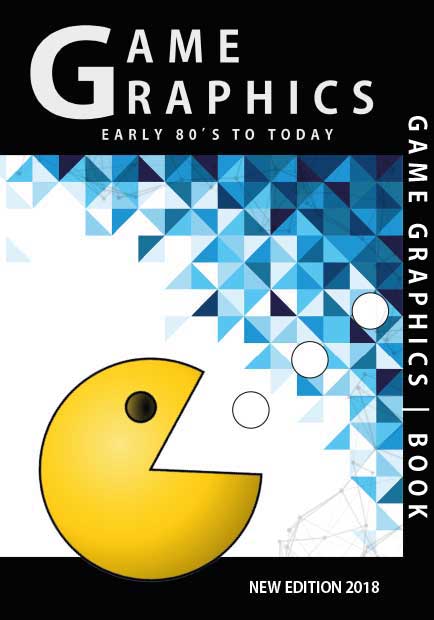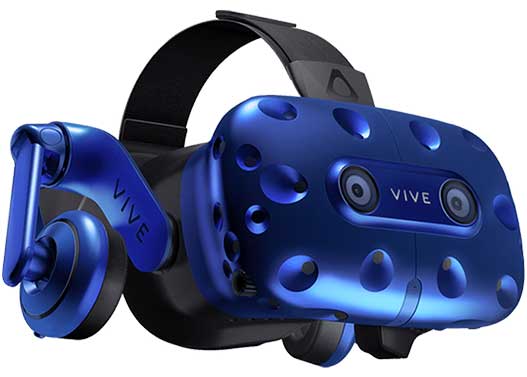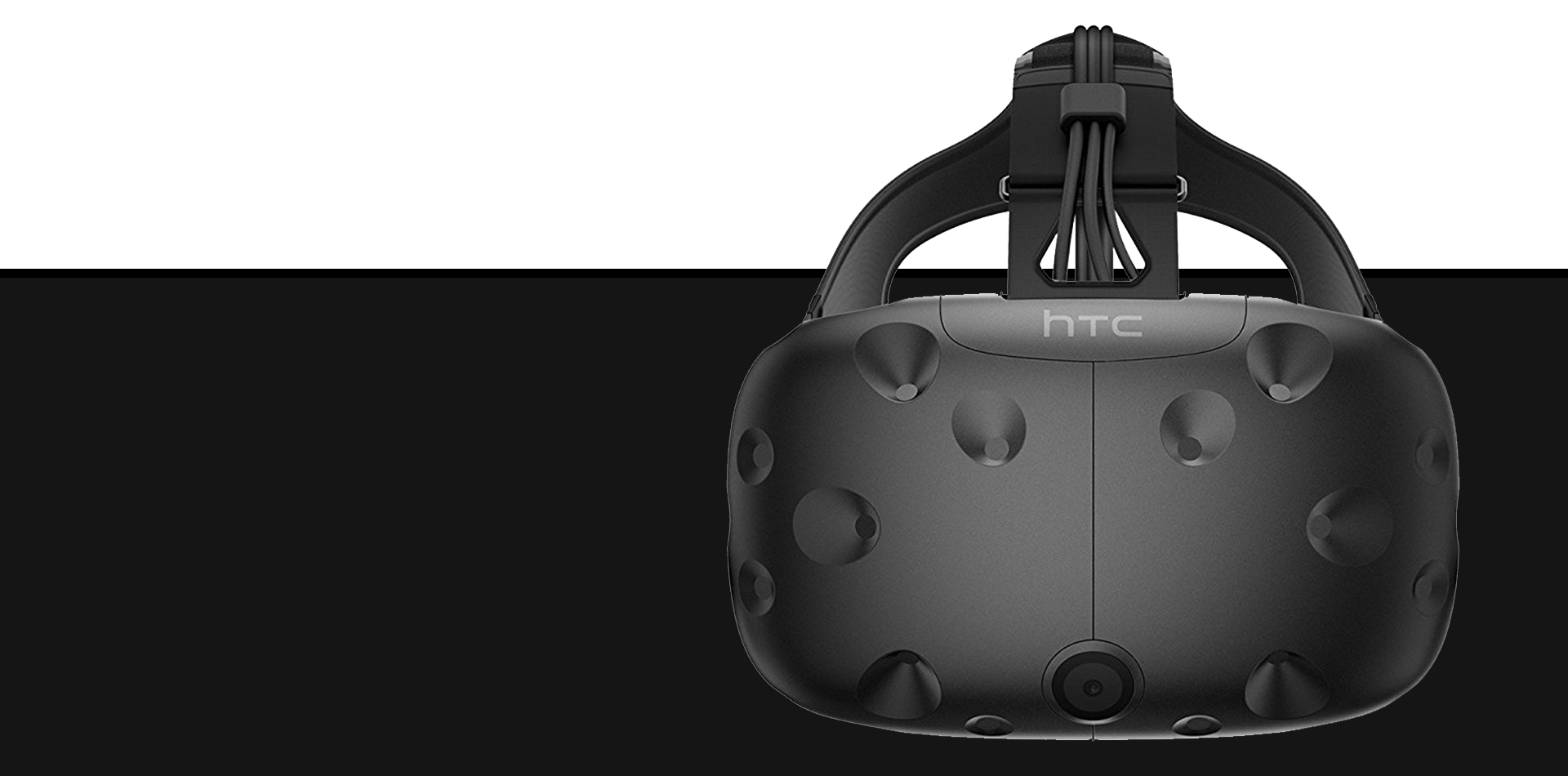
The Oculus Rift is a virtual reality headset developed and manufactured by Oculus VR, a division of Facebook Inc., released on March 28, 2016.
Oculus initiated a Kickstarter campaign in 2012 to fund the Rift's development, after being founded as an independent company two months prior. The project proved successful, raising US$2.5 million. In March 2014, Facebook purchased Oculus for $2 billion. In March 2017, after 3 years at the company, it was announced Oculus founder and creator Palmer Luckey was leaving Facebook.
The Rift has gone through various pre-production models since the Kickstarter campaign, around five of which were demonstrated to the public. Two of these models were shipped to backers, labelled as 'development kits'; the DK1 in mid 2013 and DK2 in mid 2014, to give developers a chance to develop content on time for the Rift's release. However, both were also purchased by a large number of enthusiasts who wished to get an early preview of the technology.
The Rift has a Pentile OLED display, 1080×1200 resolution per eye, a 90 Hz refresh rate, and 110° field of view. It has integrated headphones that provide a 3D audio effect and rotational and positional tracking. The positional tracking system, called "Constellation", is performed by a USB stationary infrared sensor that picks up light that is emitted by IR LEDs that are integrated into the head-mounted display. The sensor normally sits on the user's desk. This creates 3D space, allowing for the user to use the Rift while sitting, standing, walking, or even jumping around the same room.
The Rift has a Pentile OLED display, 1080×1200 resolution per eye, a 90 Hz refresh rate, and 110° field of view. It has integrated headphones that provide a 3D audio effect and rotational and positional tracking.

The Steam VR Tracking system is used to increase the connection of the controller by giving wireless real time feedback of 360 degrees to the host. The Vive headset has a refresh rate of 90 Hz and a 110 degree field of view. The device uses two screens, one per eye, each having a display resolution of 1080×1200.
Safety features include a front-facing camera that allows the user to observe their surroundings without removing their headset. The software can also use the camera to identify any moving or static objects in a room; this functionality can be used as part of a "Chaperone" safety system, which will automatically display a virtual wall or a feed from the camera to safely guide users from obstacles or real-world walls.
As well the head set has multiple sensors, the headsets outer-shell has divots, inside these divots are dozens of infrared sensors that detect the base stations to determine the head set's current location in a space. Other sensors include a G-Sensor, gyroscope and proximity sensor. In June 2016, HTC announced the release of their 'Business Edition' of the Vive for $1,200 USD which would include a Professional Use License and it included the Deluxe Audio Strap.

The wireless controllers are the hands of virtual reality, making a more immersive experience for the user. The controller has multiple input methods included a track pad, grip buttons, and a dual-stage trigger and a use per charge of about 6 hours. Across the ring of the controller are 24 infrared sensors that detect the base stations to determine the location of the controller.
